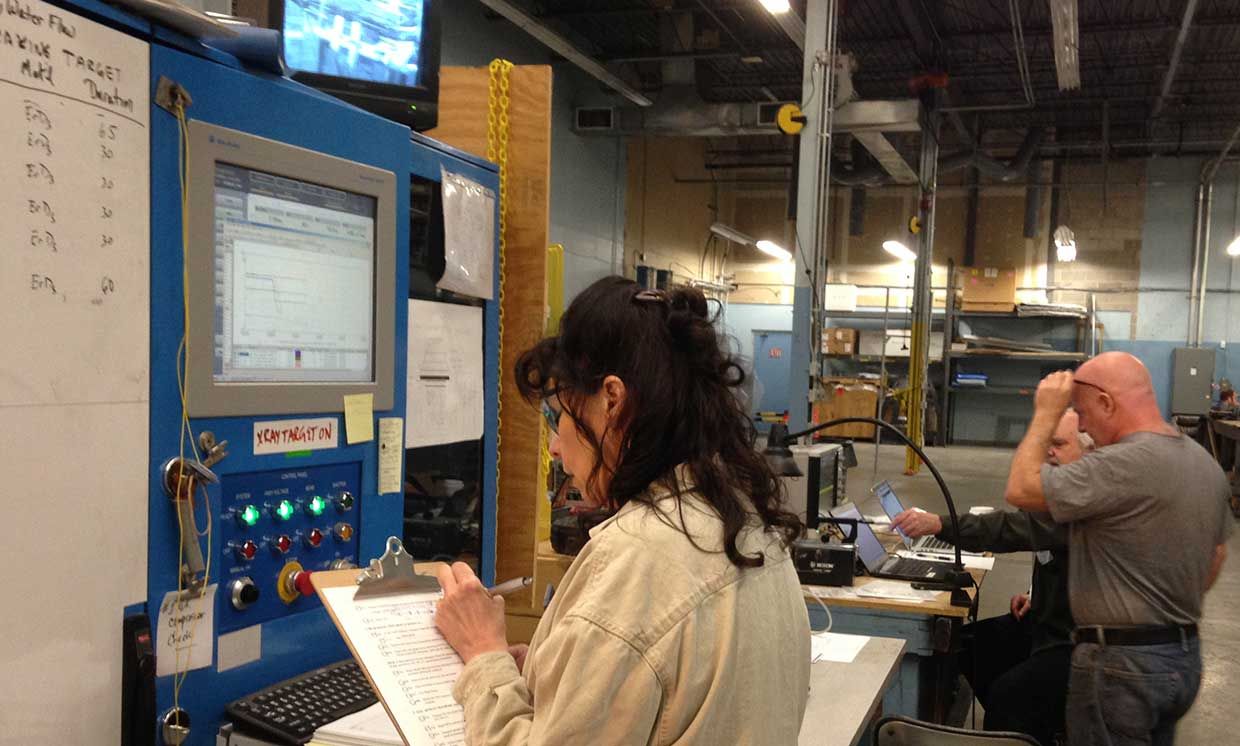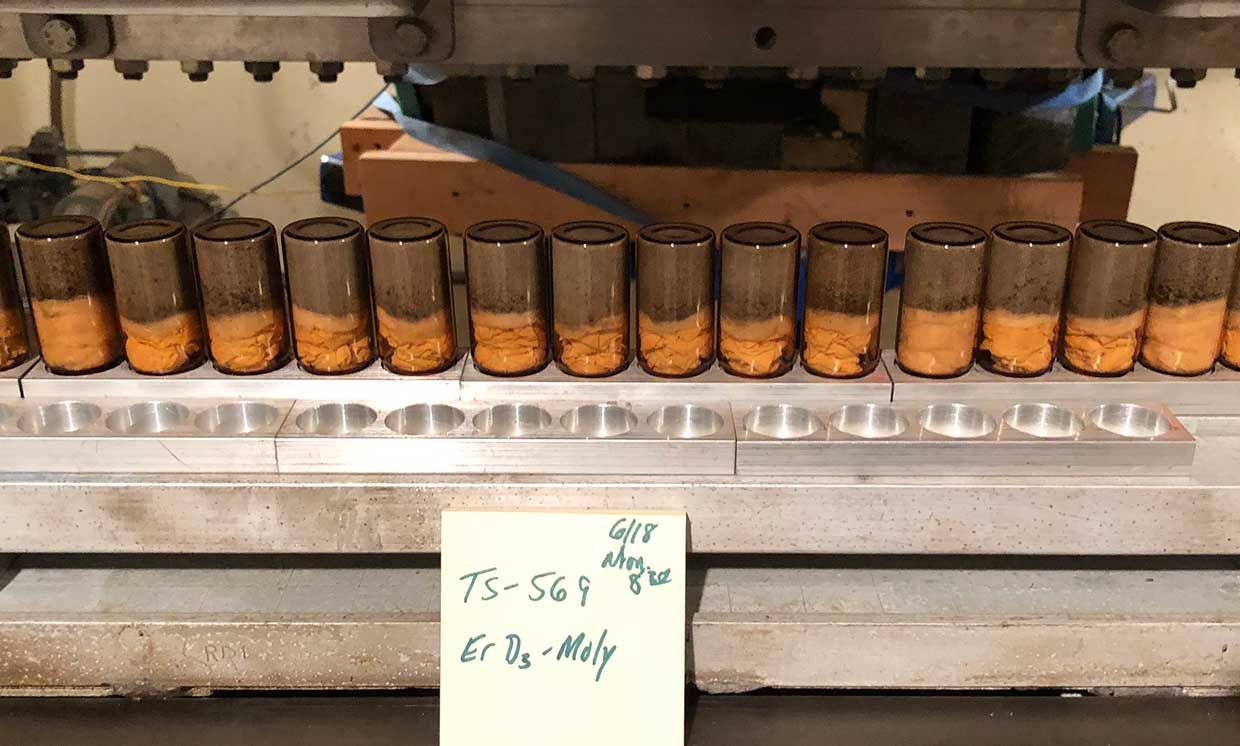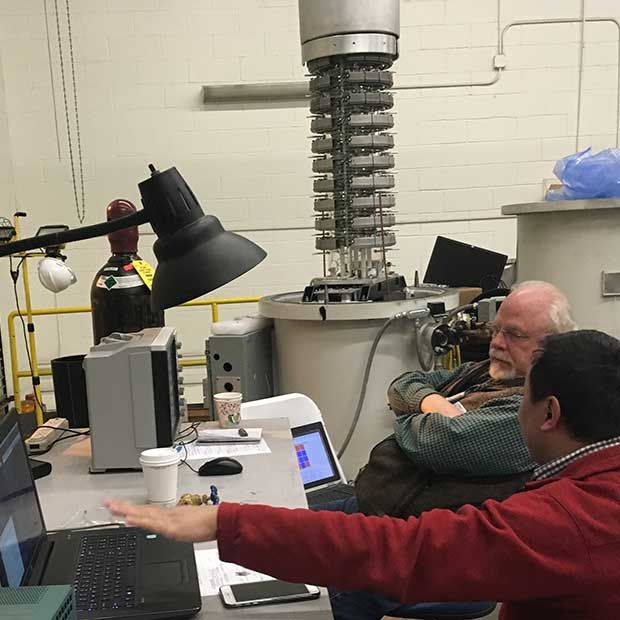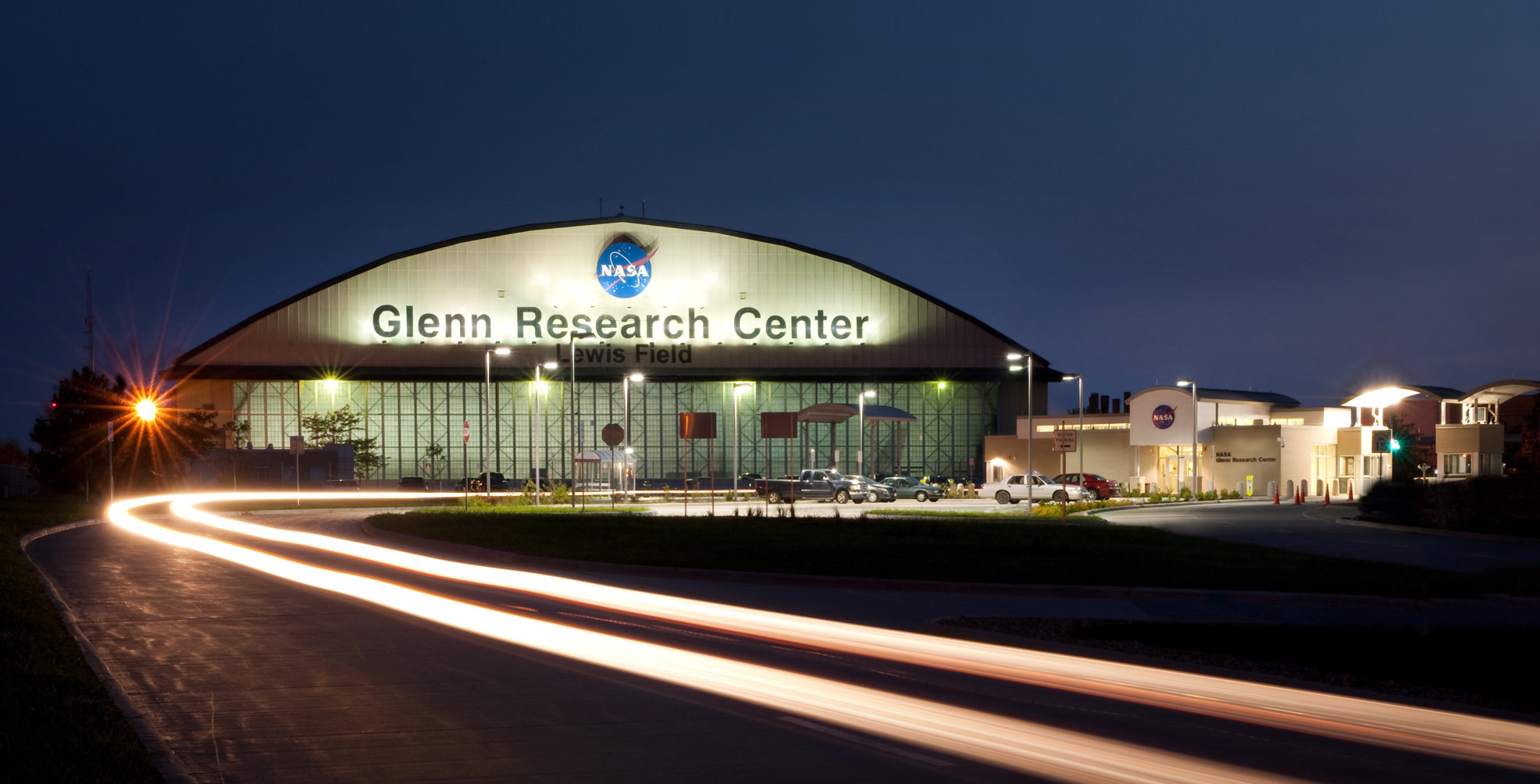 As reported by Yahoo News: Electric vehicle manufacturer Nikola (NASDAQ:NKLA) has inked a deal with Republic Services (NYSE:RSG) to develop and manufacture 2,500 waste and recycling collection trucks, breaking into a huge potential market for electric vehicles.
As reported by Yahoo News: Electric vehicle manufacturer Nikola (NASDAQ:NKLA) has inked a deal with Republic Services (NYSE:RSG) to develop and manufacture 2,500 waste and recycling collection trucks, breaking into a huge potential market for electric vehicles.Nikola said the order includes 2,500 electrified chassis, with an option to increase the order to 5,000 units. The trucks will have a range of 150 miles and recharge overnight, with Republic expecting to introduce them into its fleet in early 2023.
"The refuse market is one of the most stable markets in the industry and provides long-term shareholder value," Trevor Milton, Nikola's founder and executive chairman, said in a statement. "The Nikola Tre powertrain is ideal for the refuse market as it shares and uses the same batteries, controls, inverters and e-axle. By sharing the Tre platform, we can drive the cost down for both programs by using the same parts."
Republic is the second largest U.S. provider of recycling and waste services.
Nikola is pre-revenue, and it's stock trades more on the company's potential than on current results. The company has a lot to prove, but if it is able to design a reliable truck that helps Republic and other waste collectors reduce greenhouse emissions and cut fuel costs, this deal could be a key step in transforming that potential into actual sales.









